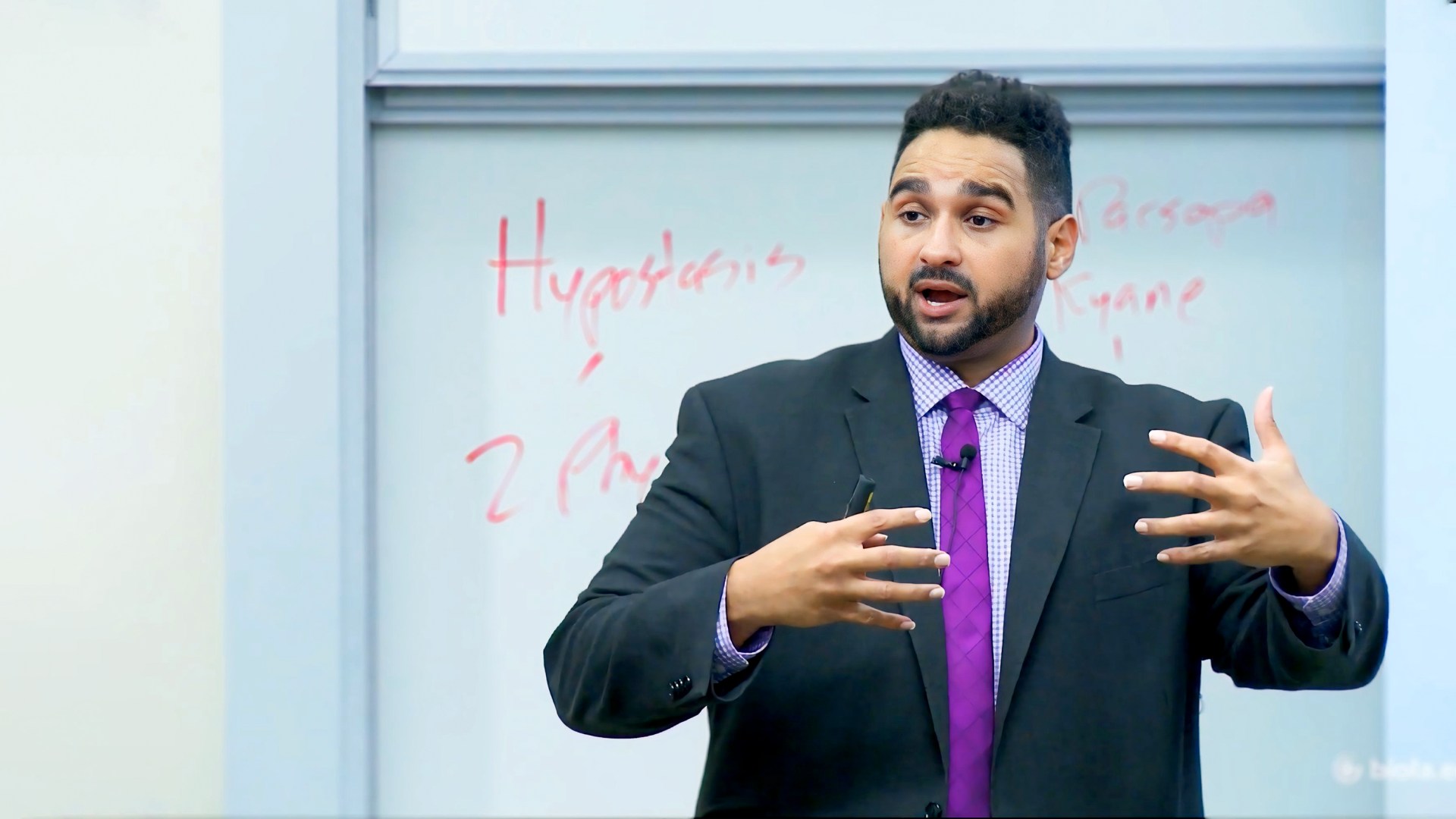In this series


If you tried to design an ideal setting for learning how to be a good neighbor, it would look a lot like a college campus.
As the president of a campus ministry, I might be a little biased in that assessment. But imagine the reality that a brand-new college student faces when they come to campus for the first time. Thousands are already there from every walk of life: athletes, musicians, activists, artists, people of different cultures and ethnicities, introverts and extroverts, people who like to party and stay out late, people who like to stay in and get up early.
All of them chose this school, but none of them chose each other. All at once, they’re thrust into a community, stuck together in dorms and classes and social clubs.
These college students have no choice but to learn to coexist. To share space and navigate conflict. To be neighbors.
There’s a durable public stereotype that members of Gen Z can’t live in neighborly ways—that they’re too anxious and fearful, too conflict avoidant and entitled. Frankly, I see something different. What I see on campus, in the students that InterVarsity and our fellow campus ministries serve, is a generation for whom neighborliness is the essence of day-to-day life, vital to navigating the tensions we’ve seen at universities in the past year.
Today’s college students have important lessons for the broader church about how to live alongside neighbors who may misunderstand them, disagree with them, or disdain them. Here are three.
First, neighborliness requires creativity of witness. Each day, Christian students at secular universities interact with countless complicated people and circumstances in which God calls them to be Christlike, seeking not “their own good, but the good of others” (1 Cor. 10:24). And, in the power of the Spirit, I see time and again how students respond with creative acts of gospel witness—fresh outreach ideas, innovative responses to injustice, bold prayers for physical healing, exciting calls to faith, authentic acts of relational generosity, and on and on.
One example comes from the College of William & Mary. For many years, the college had a problem with excessive drinking and partying on the last day of classes. To serve their classmates, InterVarsity students set up griddles in the center of campus and made pancakes for students who wanted a free meal and a safe alternative place to hang out. Today, “Pancake House” is a bi-annual event that creatively blesses over 2,000 people every semester, easily making it the largest student event on campus.
Much of the polarization we experience in today’s culture comes down to a lack of creative witness—a dull defaulting to the same staid talking points, stale arguments, and predictable reactions. But Christian students, like those at William & Mary, are learning something different. In their dynamic and diverse campus environment, they’re learning to follow the Spirit into fresh forms of neighborliness that the rest of the American church can learn from.
Second, being a good neighbor requires authenticity of witness. It’s a well-established truism that Gen Z values authenticity. They see how a holistically virtuous life can bring beauty out of the world’s ugliness, and how hypocrisy can corrupt people and institutions. This clarity of vision is one of the things I most admire about the students I meet.
Authenticity of witness is fundamentally a neighborly way of life. It is how we ensure that our interior life with Christ stays congruent with our public personas, resulting in lives that overflow with faithful obedience to our friends and communities. “Let love be sincere,” Paul says in Romans 12:9–10. “Honor one another above yourselves” (italics mine).
Today’s prevailing culture (even on campus, and sometimes in Christian circles) places a special premium on winning and on looking out for number one, honoring oneself above others. Practicing genuine love and authentic witness that sees the beauty of serving others, even those who disagree with you, is deeply countercultural.
Several years ago, the InterVarsity chapter at Sonoma State University was temporarily forced to move off-campus because they required their student leaders to be Christians. They were unable to advertise for events, hold meetings, or organize public outreaches. But rather than growing bitter or compromising their convictions, the chapter stood firm and responded with authentic witness. They reinvented how they did campus ministry, gathering unofficially and carrying portable backpack banners to advertise their chapter. During that year, that chapter saw a record number of conversions!
This is the kind of witness that Gen Z longs for, and that campus ministries are helping students grow into. It is a sensitivity to authentic discipleship that is a powerful example for the rest of the American church.
And finally, being a good neighbor requires humility of witness—serving and loving each other in small, common ways. It’s what the apostle Paul seems to call for in Philippians 2:3–4 when he says, “Do nothing out of selfish ambition or vain conceit. Rather, in humility value others above yourselves, not looking to your own interests but each of you to the interests of the others.”
When I was a student in my InterVarsity undergraduate chapter, one of the ways we served our campus was going door-to-door offering to clean people’s dorm rooms. There was no grand strategic purpose. We didn’t run a focus group and discover that people were 61 percent more likely to come to Bible study if their rooms were clean. We just knew that it was a small part of our fellow students’ lives where they might need help, and where we could serve. It was a humble, ordinary act of love to the people in our community, regardless of how much or little we had in common with them—which typifies neighborliness.
Today’s students are just as eager to care for and serve one another in the common and the ordinary. At Trinity University in San Antonio, the InterVarsity chapter has a unique way of making meaningful connections with new students who may feel lost and lonely on campus. The chapter offers to sit with those who have no one to eat with in the cafeteria—sometimes even holding a sign reading “Dine with us!” They show Jesus’ love through the ordinary gifts of invitation and friendship.
In these dimensions of neighborly witness—creativity, authenticity, and humility—today’s college students are an example of a redemptive path forward for the church in our culture. My prayer is that the church will take note of all that God is doing in them, welcome their gifts with neighborly love, and learn from them.
Tom Lin is the president and CEO of InterVarsity Christian Fellowship/USA.























































